All together there are five paint types for color coated aluminum in the industry. PE and PVDF are two better known and more frequently applied ones. Here we give a brief introduction of the two.
PE is short for polyester, having a weaker hardness in film than acrylic acid but better flexibility and T-bend performance. It adheres onto the surface of colored aluminum sheet metal pieces after being baked repeatedly, forming a solid film of a strong protective and decorative property. It is an anti-UV ultraviolet coating. The polyester resin uses a polymer containing an ester bond in the main chain as a monomer, and an alkyd resin is added. The PE aluminum trim coil stock can be divided into two series based on gloss degrees: matt and high-gloss series.
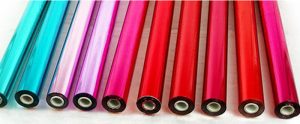
PE endows rich colors to aluminum products, along with good gloss, comfortable smoothness, superior texture feeling and strong dimensional effects. It protects aluminum objects exposed to the open air from being damaged by ultraviolet radiation, wind, rain, frost, snow, temperature differences, freeze-thaw cycles as well as corrosive gases and microbes.
Better known as fluorocarbon, PVDF is the best paint for color coated aluminium products, boasting excellent corrosion resistance, long lasting weather resistance and strong adhesion. The pvdf color coated aluminum coil resin mainly refers to a composite paint containing vinylidene fluoride homopolymer, copolymer of vinylidene fluoride or fluorine-containing vinyl monomer. The chemical structure of the fluoric acid base is combined by a fluorine/carbon bond. This structure is so stable and firm that the physical properties of fluorocarbon coatings are superior to those of conventional coatings. After baking at high temperatures, PVDF film shows good impact resistance, long-lasting UV resistance and strong weather resistance, especially suitable for color coated aluminum sheets used in hot regions. Fluorocarbon coatings can be classified into conventional fluorocarbon and nano fluorocarbon coatings according to the surface film formation structure.

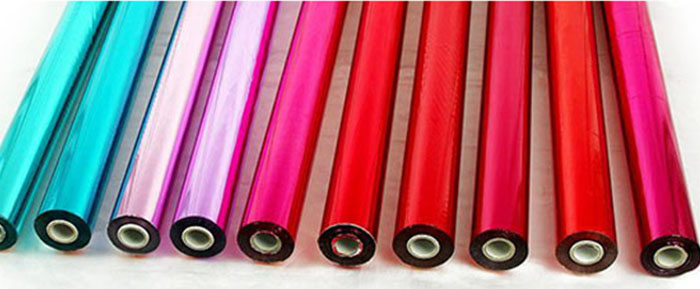
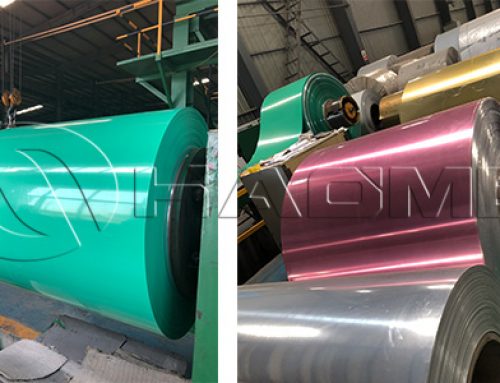
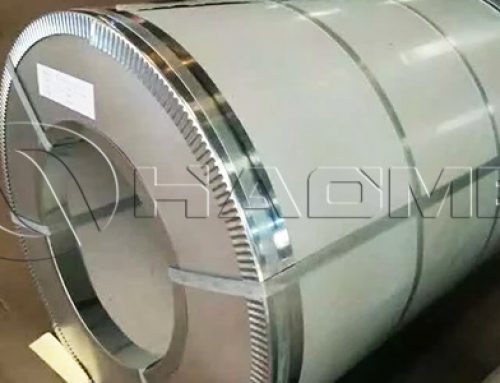
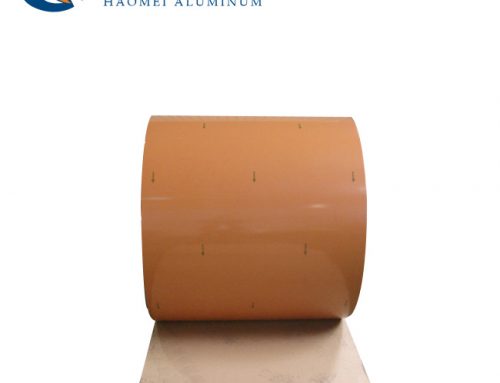
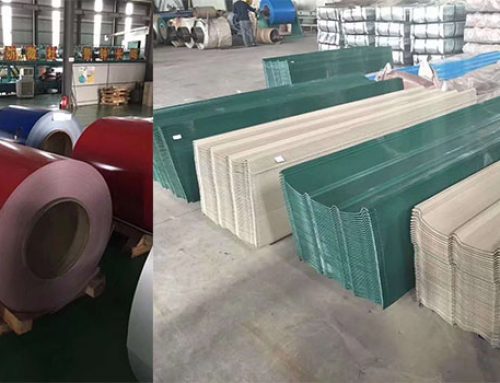
Leave A Comment